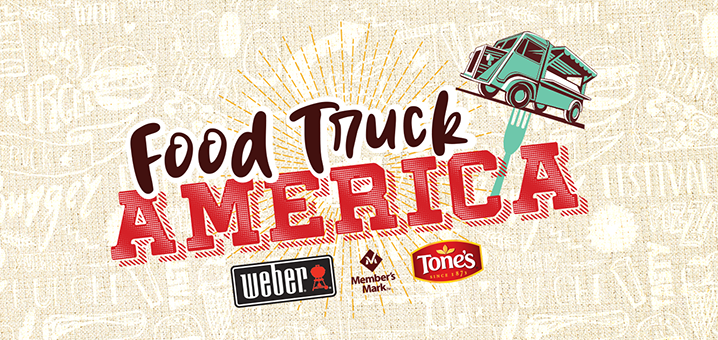 WASHINGTON DC – According to Jessica Sidman at the City Paper, DC is proposing new regulations to curb the presence of food trucks downtown. As one so often sees with protectionist measures, people are suggesting that this is really for the good of the food trucks–after all, they’ll be able to enter a lottery for a handful of prime spots in each location, at the low-low price of only $150 to $400 a month. As always, such protestations are ludicrous. It’s hard to run a business on the premise that many months, you will have a chance to sell your wares in a good spot, while in other months, you’re out of luck and will have to vend in low-density areas where there aren’t enough buyers to cover your cost. The new system will drive some trucks out of business, and drive up the costs of others. Who benefits? Incumbent restauranteurs who are paying high rents for their prime location, and don’t like the low-cost competition.
WASHINGTON DC – According to Jessica Sidman at the City Paper, DC is proposing new regulations to curb the presence of food trucks downtown. As one so often sees with protectionist measures, people are suggesting that this is really for the good of the food trucks–after all, they’ll be able to enter a lottery for a handful of prime spots in each location, at the low-low price of only $150 to $400 a month. As always, such protestations are ludicrous. It’s hard to run a business on the premise that many months, you will have a chance to sell your wares in a good spot, while in other months, you’re out of luck and will have to vend in low-density areas where there aren’t enough buyers to cover your cost. The new system will drive some trucks out of business, and drive up the costs of others. Who benefits? Incumbent restauranteurs who are paying high rents for their prime location, and don’t like the low-cost competition.
D.C. Food Truck Association chairman and Red Hook Lobster Pound co-owner Doug Povich says trucks could end up winning proposed locations with little weekday lunch traffic like Navy Yard, Historic Anacostia, Minnesota or Benning avenues NE, and Friendship Heights. Because they’ve spent $150 for the spot, they’ll likely go the first time. But if they’re losing money there, they may not want to come back the following weeks, Povich says. The result would be empty parking spots that nobody else could use for four hours.
Povich believes only five areas—Farragut Square, L’Enfant Plaza, Franklin Square, Metro Center, and Union Station—have enough traffic and congestion to warrant a zone, not 23. He says his trucks do half the business in a lower-traffic location like Friendship Heights or Navy Yard as they do downtown. Trucks that don’t have Red Hook’s 25,000 Twitter followers might do as little as 5 to 10 percent, Povich estimates.
Restricting vehicles to certain spots goes against the mobile spirit of food trucks, Whitfield says. When she has cupcakes left at the end of the day, she asks her Twitter followers where Cubside Cupcakes should go next. “That’s dead,” Whitfield says. “Responding to customer requests is dead if these regulations go through.”
And then there’s the possibility that food trucks may not get a spot in a mobile vending zone at all. In that case, finding a location to vend in the central business district could be tough. Last fall, the D.C. Food Truck Association measured sidewalks throughout the area and found that eight of the 10 most popular vending locations had fewer than 10 feet of unobstructed sidewalk, which would make them off-limits under the proposed rules.
Find the entire article by Megan McArdle at The Daily Beast <here>



